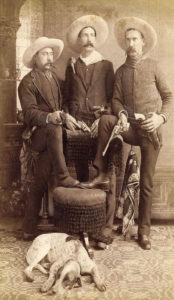
On the night of the 18th day of the Eleventh Month of the year on the old Japanese calendar corresponding to 1867 (Keio 3/11/18), several men of the Shinsengumi waited in the moonlight just beyond a point where the main street called Shichijo-dori crossed Aburakoji in the southwestern part of Kyoto. They had been sent by their commander, Kondo Isami, to assassinate Ito Kashitaro, a staff officer who, in cahoots with the enemy from Satsuma and Choshu, had “seceded” from the Shinsengumi, taking with him twelve other corpsmen. Following is an excerpt from my book, Shinsengumi: The Shogun’s Last Samurai Corps:
The attack came suddenly as Ito approached the crossroads. Ito was cut from his left ear to his chin by an assailant he did not even see. Blood spurted from his neck. A second assailant came. As the expert in the Hokushin Itto style staggered in vain to save himself, he saw several others, drawn swords in hand, approaching fast. Before they could reach him, Ito collapsed. He summoned a final burst of strength to scream his dying word – “Traitors!” The assassins dragged the body to the nearby crossroads. The name of the crossroads, Aburakoji-Shichijo, would become synonymous with the notorious assassination. So cold was the night air that soon after the assassins fled the scene, the blood on Ito’s clothes had frozen solid.
[The above photo of the original Miniature Shinsengumi Banner appears in my book, courtesy of Hijikata Toshizo Museum.]






